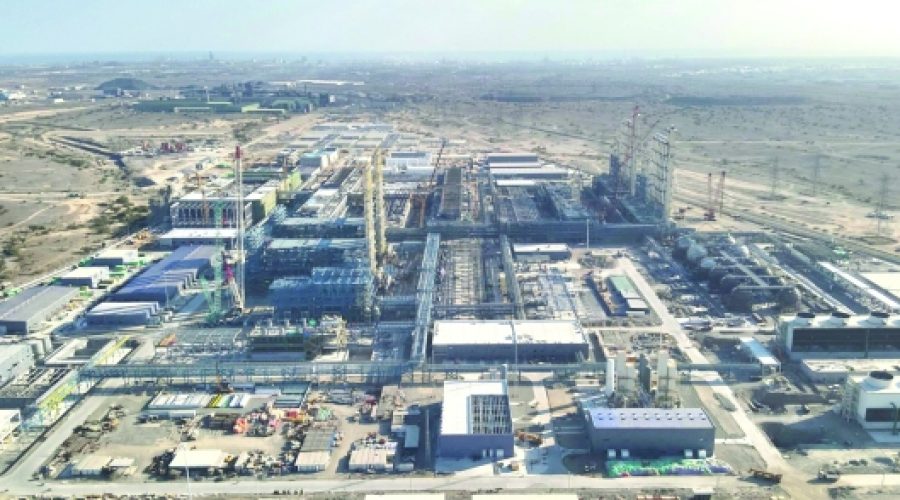Oman’s Strategic Move in the Global Polysilicon Market: Implications for Investors and Business Growth
MUSCAT: Oman is on track to establish itself as a key player in the global polysilicon market with the upcoming $1.6 billion production facility in SOHAR Port and Freezone, set to commence operations within the next few months. This facility is poised to become the largest of its kind in the Middle East, propelling Oman to the position of the second-largest polysilicon producer globally, trailing only China.
The United Solar Polysilicon project, scheduled for completion by the end of this year, boasts an annual production capacity of 100,000 tonnes. Once operational, it is expected to capture approximately 4.4 percent of the worldwide polysilicon production capacity.
The Oman Investment Authority (OIA), which has invested $156 million through Future Fund Oman (FFO), emphasized that this initiative aims to reduce dependence on Chinese manufacturing in the photovoltaic (PV) supply chain.
China currently dominates this sector, responsible for an estimated 93 percent of global polysilicon production, equivalent to 2 million tonnes of the total capacity of 2.1 million tonnes. Germany follows at a distant second with a 2.9 percent share, while the United States and Malaysia each hold 1.5 percent.
The decision to locate the polysilicon facility in Oman was driven by various competitive advantages, notably strong government support. According to an Impact Report from the Oxford Business Group, a national negotiation team facilitated a streamlined process for acquiring leases, utilities, and incentives.
Additional factors influencing this investment included competitive electricity costs, convenient access to SOHAR Port and Freezone for efficient import and export operations, and tariff-free access to the U.S. market through the Oman–US Free Trade Agreement. A conducive regulatory environment also played a crucial role.
This project not only solidifies Oman’s role in the global solar renewables supply chain, but it also marks a significant step in the production process of solar panels. The process begins with high-purity polysilicon, which is melted and formed into cylindrical ingots. These ingots are then sliced into thin wafers, which serve as the foundation for solar cells. After undergoing various treatments to improve their efficiency, the cells are assembled into modules, ready for installation in energy systems.
Currently, about 4,000 construction workers are engaged in building the expansive 160,000 m² complex at SOHAR Port and Freezone. Once the facility enters operation, it is projected to employ between 1,000 and 2,000 staff, with a target of achieving 70 percent Omanisation by 2030 through various training and technology transfer programs.
Special Analysis by Omanet | Navigate Oman’s Market
Oman’s impending launch of a $1.6 billion polysilicon facility not only positions the country as a global leader in renewable energy production but also significantly diversifies its economy away from oil dependency. This initiative creates strategic opportunities for local businesses to engage in the solar supply chain while reducing reliance on Chinese imports. Smart investors should now capitalize on this shift by exploring partnerships in renewable technologies and workforce training to harness the potential of Oman’s evolving market landscape.



